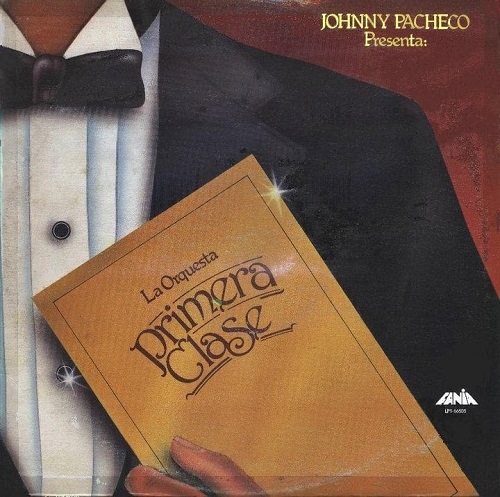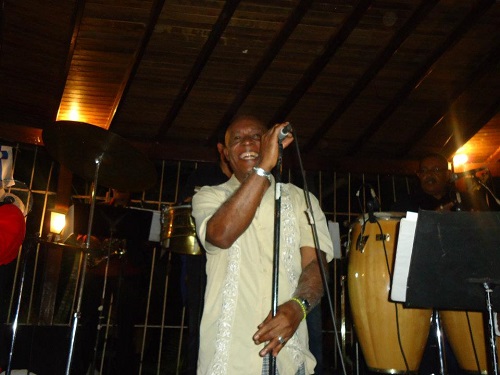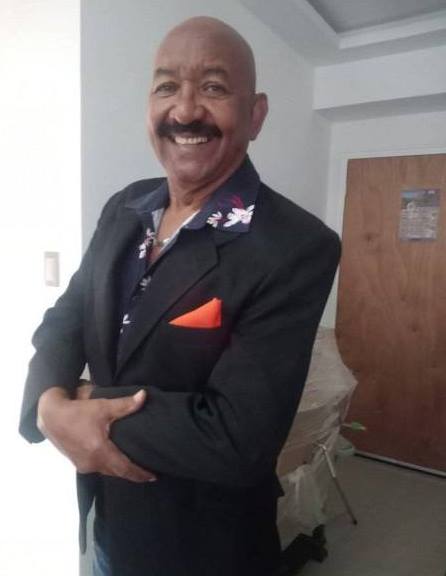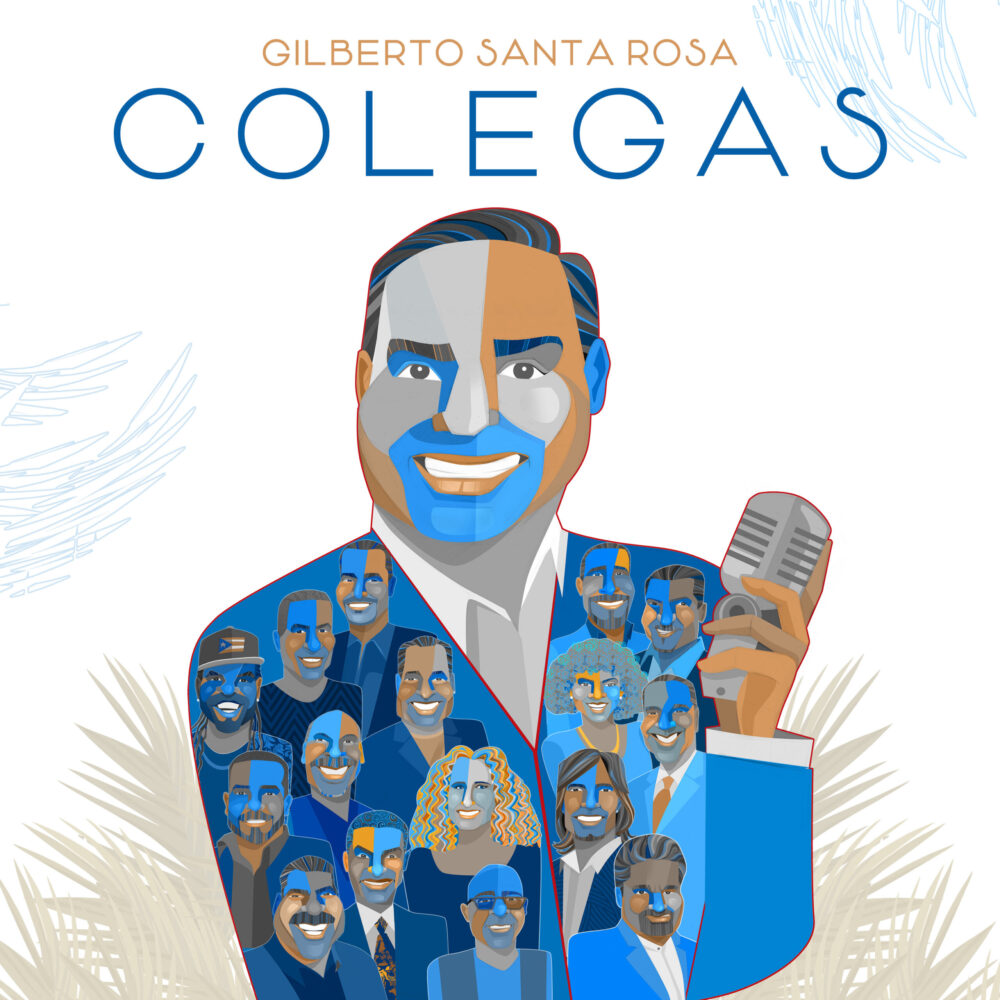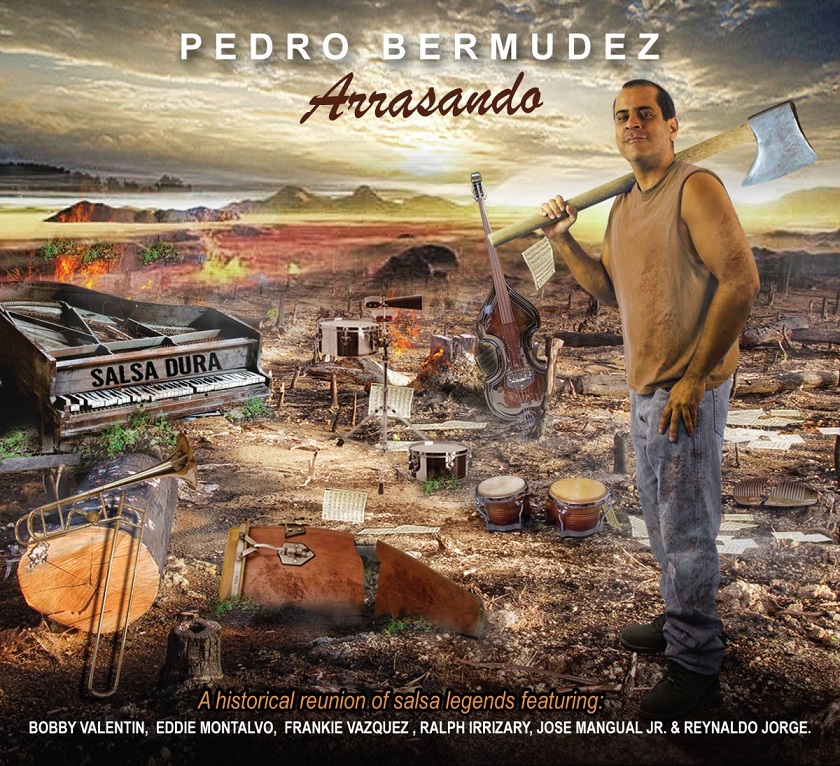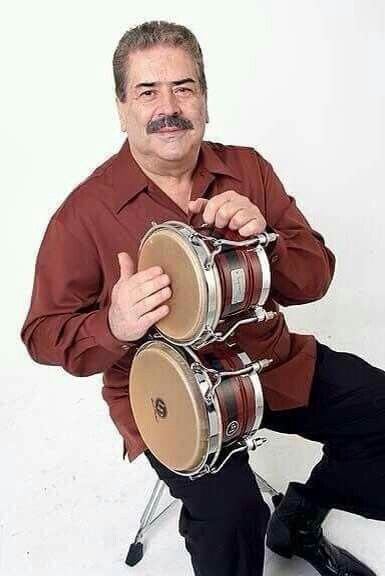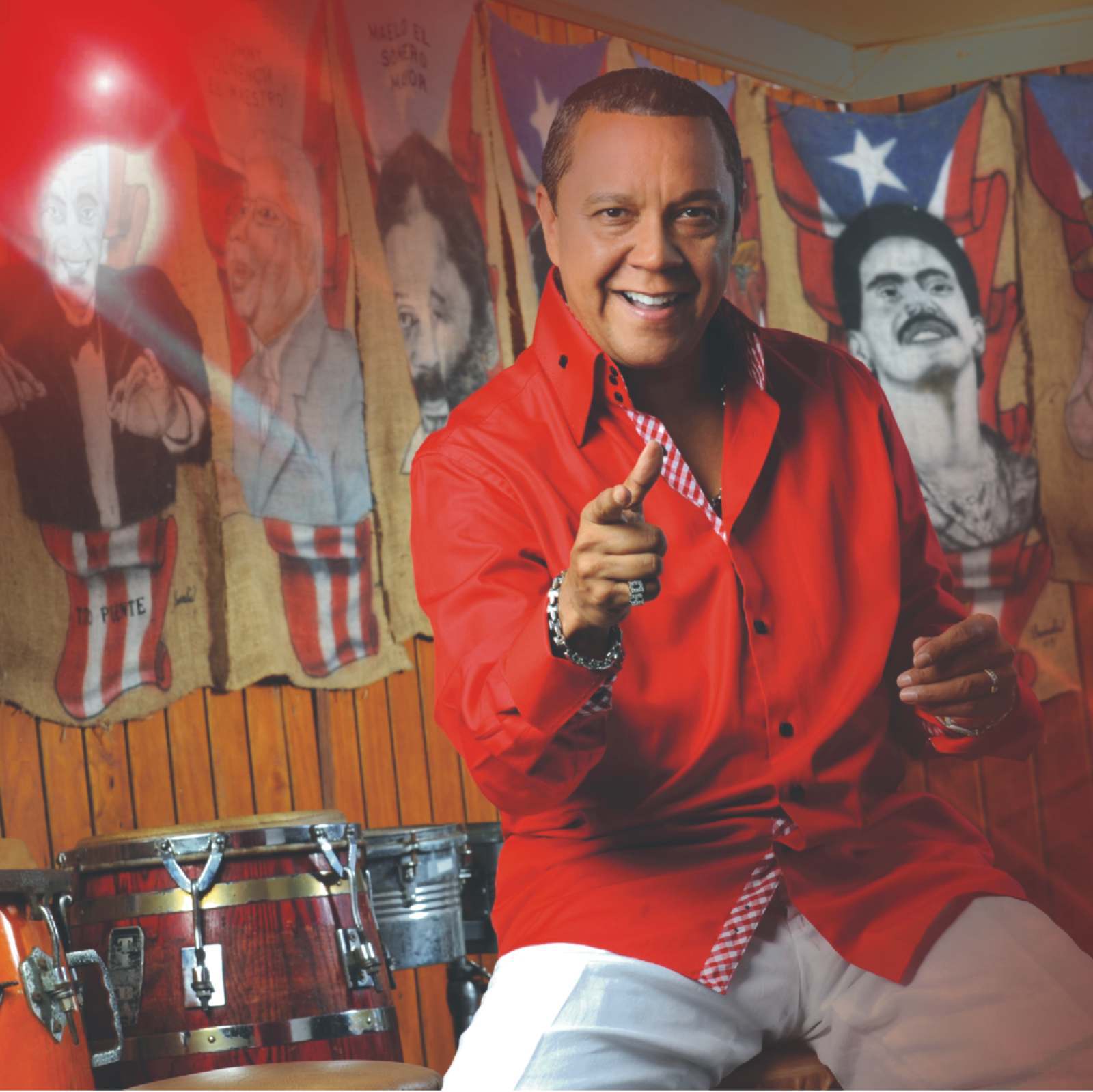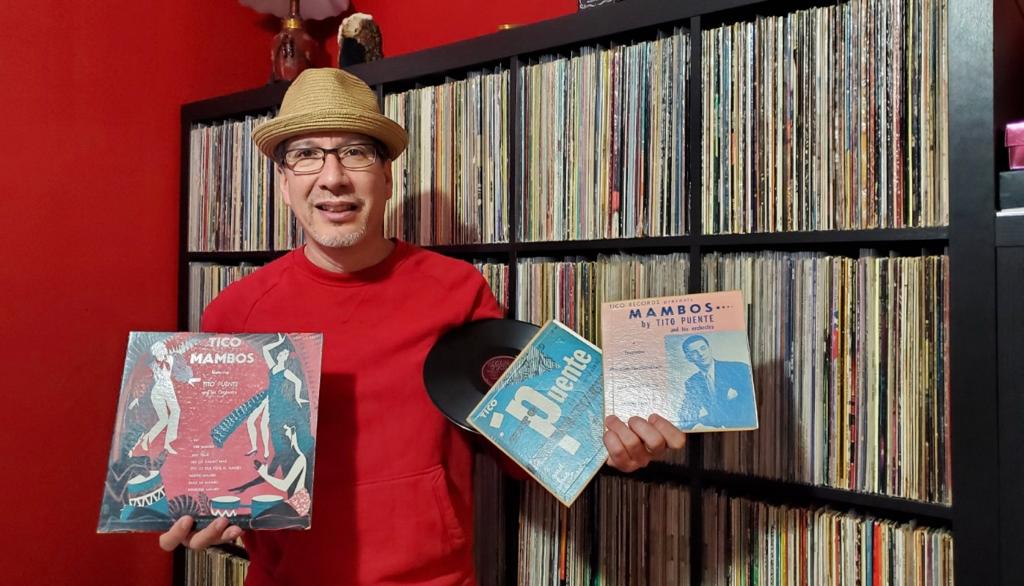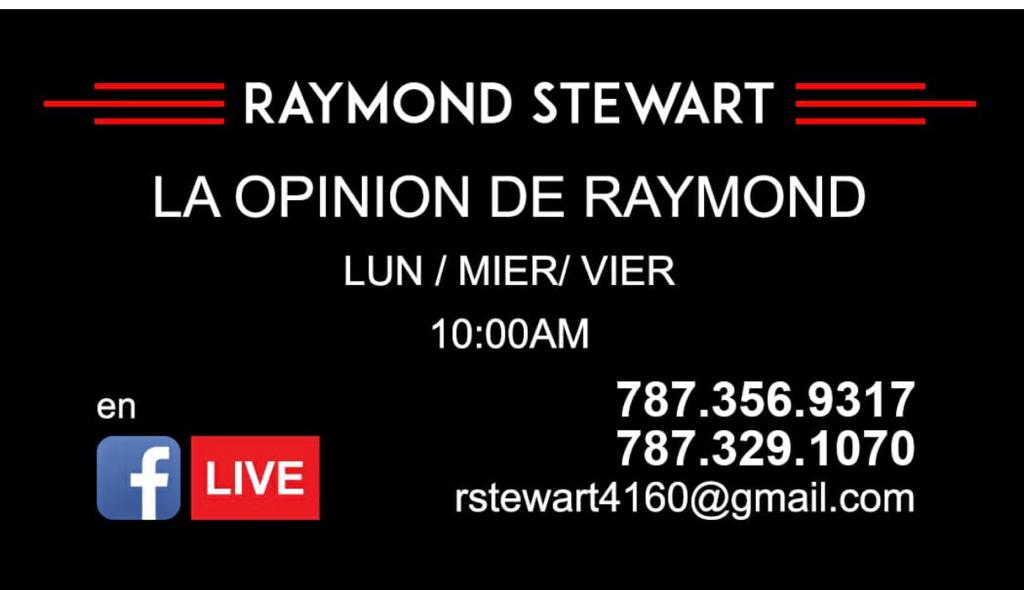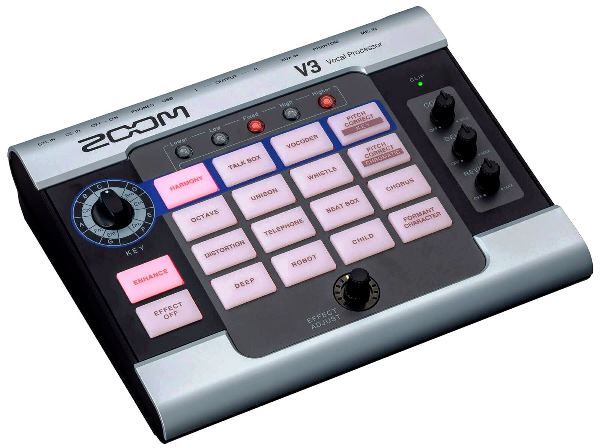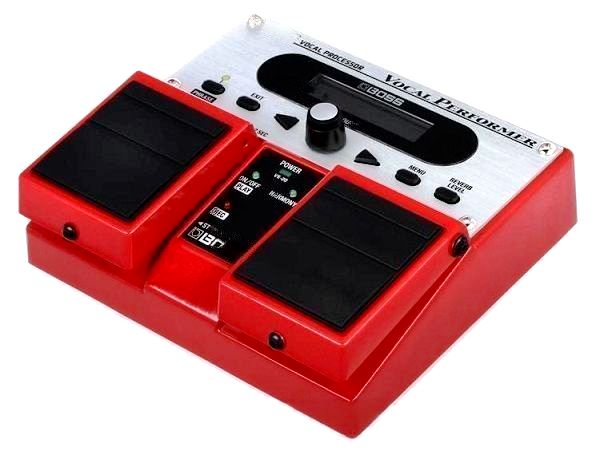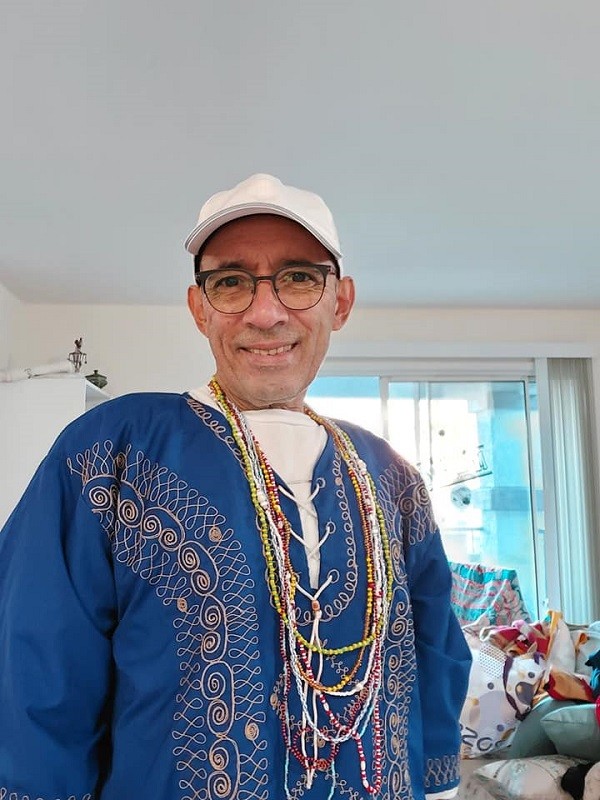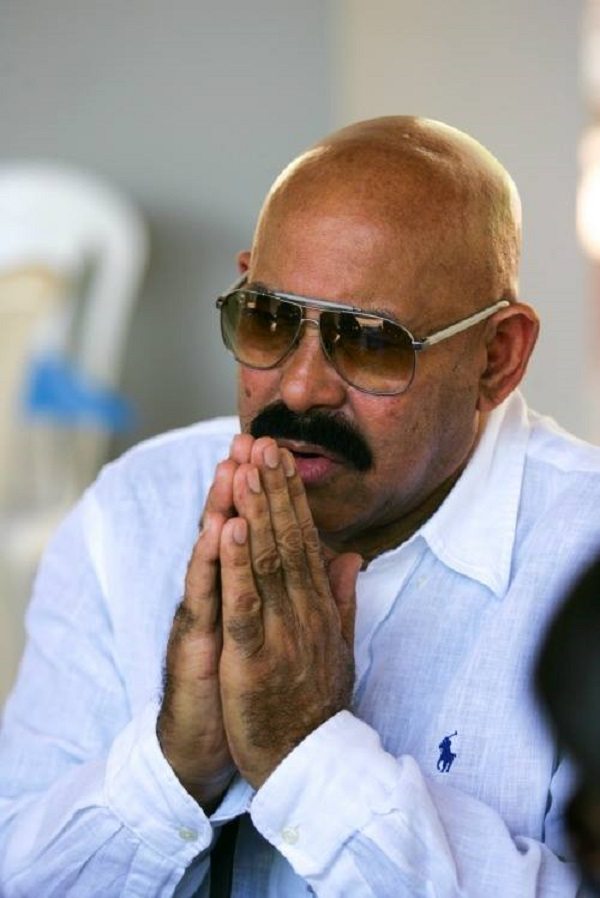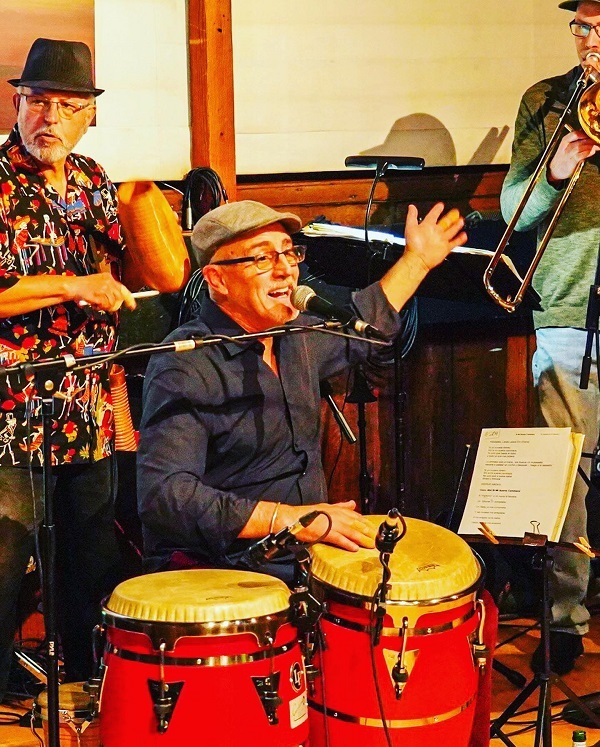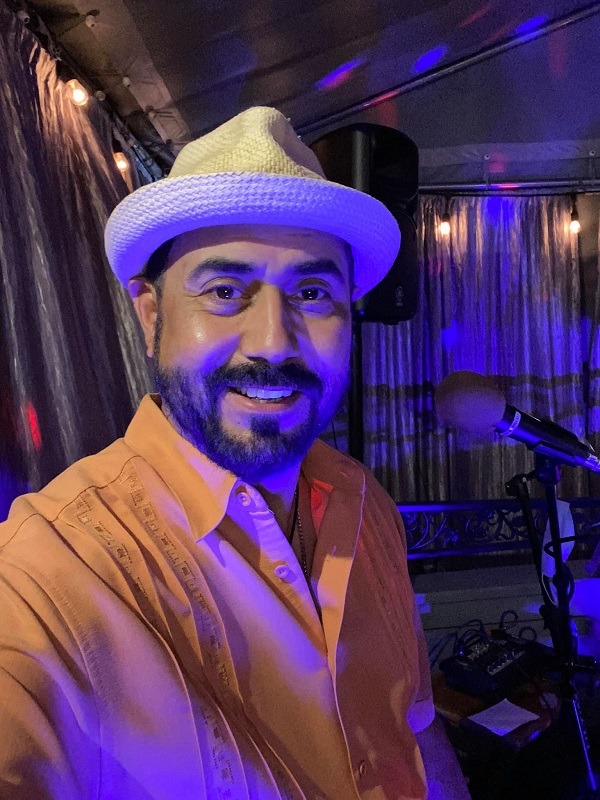or weeks, we have witnessed how the Latino community in the United States has withdrawn its support, and has even considered its decision to buy Goya Foods, after the demonstration of support by its CEO to Donald Trump.
Goya Foods, or Goya as this Hispanic-rooted food company is popularly known, faces calls for a boycott in the United States. This comes after its CEO, Robert Unanue, fervently praised the President of the United States, Donald Trump, saying that his leadership is “a blessing.”
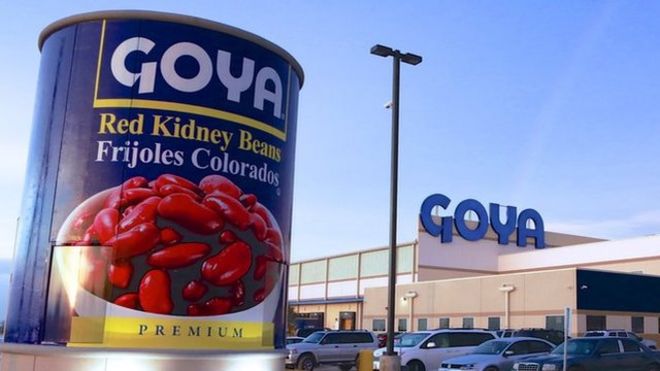
Goya Foods is the largest Hispanic-owned food company in the US With these statements, many of its loyal consumers and even some high-profile Democratic supporters are asking that they not buy the company’s products.
Unanue attended an event at the White House where President Trump signed the Hispanic Prosperity Initiative, which was described as an effort to improve access to educational and economic opportunities for members of this community.
Unanue’s exact words were: “We are all truly blessed to have a leader like President Trump, who is a builder.”
For many regular consumers it is puzzling and contradictory that the CEO of the largest empire of food consumed by Latinos in the United States, suddenly decides to support so openly a president who is not exactly the favorite for Hispanics.
Since then, much criticism has rained, not only for the political affinities of the highest representative of Goya Foods, but for what this company represents for the millions of Latinos in the United States.
The White House, has made controversial anti-immigration decisions, sought to end a policy that protects hundreds of thousands of undocumented youth from deportation, and sought to build a border wall in the south. enacted a policy that separated children from parents when they were detained at the border.
Many consumers have since said that they would no longer buy the company’s products, which include basic inputs for the preparation of traditional food in many Latin American countries. Those who promote this boycott have shared brands and alternative recipes on different social networks, with the hashtags #Goyaway and #BoycottGoya.
What message do Latinos want to send to Goya?
Some consumers say they have grown up with a sense of cultural attachment to the brand, but are now disappointed by the CEO’s comments. Many have relied on the company for affordable products that are often hard to find, but are key ingredients in Hispanic cuisine. Now they feel slighted by a CEO who has left the community that supports their company.
Unanue defended himself and pointed out that he has also worked with initiatives of former US first lady Michelle Obama. She stated that, in her view: “This is repressing (freedom) of expression,” she said. “I don’t apologize for speaking – and especially when the president of the United States calls you – you’re going to say, ‘no, sorry, I’m busy, thank you.’
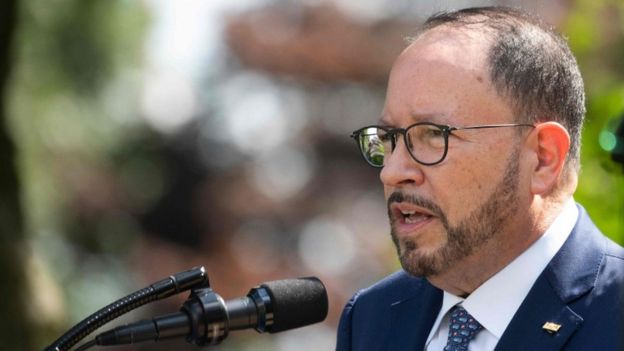
But the debate seems to involve more than just Latinos, as Goya has always been concerned about also attracting non-Latino consumers, from Asians to white Americans, using advertising slogans in English such as “Goya, O-Boya.” For many non-Latinos, consuming Goya products is a fairly authentic, albeit superficial, way of practicing Latinidad.
Goya fans are divided on whether or not to follow the boycott, a considerable number planning to end their attachment to the brand. Some have even published recipes for making adobo and stir-fry, among other alternatives to the brand’s products. Others have posted suggestions for lesser-known brands like Sun Vista, Pilón and Badia.
Goya will have to deal with a significant drop in sales and its perception in the market, at least in the short term, during a time when so many economic indicators are in recession. It’s also true that earlier this year, Goya donated some 136,000kg of food, or roughly 270,000 meal portions, to food banks and organizations to help with the coronavirus crisis. In the event that generated all the controversy, Unanue announced that it would donate another million cans of Goya chickpeas and 454,000 kilos of food products to food banks to help families affected by the pandemic.
Elections in key states are often defined by very narrow margins; even a small dropout of Latinos from the Republican side could be decisive for the results.
The White House Hispanic Prosperity Initiative Act created a 20-member commission designed to work with various Cabinet members to implement vague initiatives related to employment, education, and small business development. But most Latinos will find this effort too little, too late, and too much like election-year complacency.

The message of the Latino community in the United States is very clear, they are a united front and will not be manipulated by last minute actions, even with the support of important figures in various sectors of the Hispanic community.
Why is Goya an icon of Hispanicity?
Like many of the immigrants in search of the “American dream”, Prudencio Unanue landed with his wife in New York in 1921, from Puerto Rico. The Unanue family had emigrated from Spain to the island in the early years of the 20th century. In New York he settled in the Latin quarter of Harlem and after several years of hardship, one day in 1936 he made the best investment of his life: he bought a bankrupt company (Seville Packing Company) and the Goya brand.
In 1936, Prudencio Unanue found the name Goya perfect: simple and easy to pronounce in Spanish and English. And he decided that his new business venture would bear that name, convinced that this time he would achieve his goal. He bought the brand for $ 1. He never imagined that that day a giant was being born that today has a turnover of more than US $ 1,500 million a year, according to company figures, and sells all kinds of foods of Hispanic American origin, such as beans, rice, canned meat and seafood, condiments, cheese, oil and even frozen dishes.
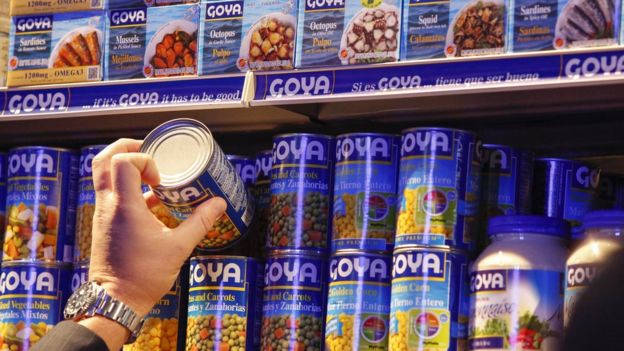
It started by importing products from Spain – like olives and olive oil – to sell to Spanish expatriates, but quickly expanded the business to import food from Latin America to reach other immigrant communities. In fact, as after the Second World War, a wave of Puerto Ricans entered New York to fill the lack of labor in the factories, Unanue realized that there was a great opportunity.
Then, in the 1960s, the first Cuban wave arrived and thus, little by little, Latino immigrants were opening up space in the different states of the country, and in the same way the business began to expand. Goya gave an answer to the “nostalgia” of those who leave their country.
Prudencio was succeeded by his son Joe, who inherited the challenge of expanding Goya internationally and today the firm is under the executive direction of his grandson: Robert Unanue. It only remains to wait to see how high the price Goya Foods will have to pay for having disheartened so many, to maintain a political stance rejected by the majority of its consumer base.



